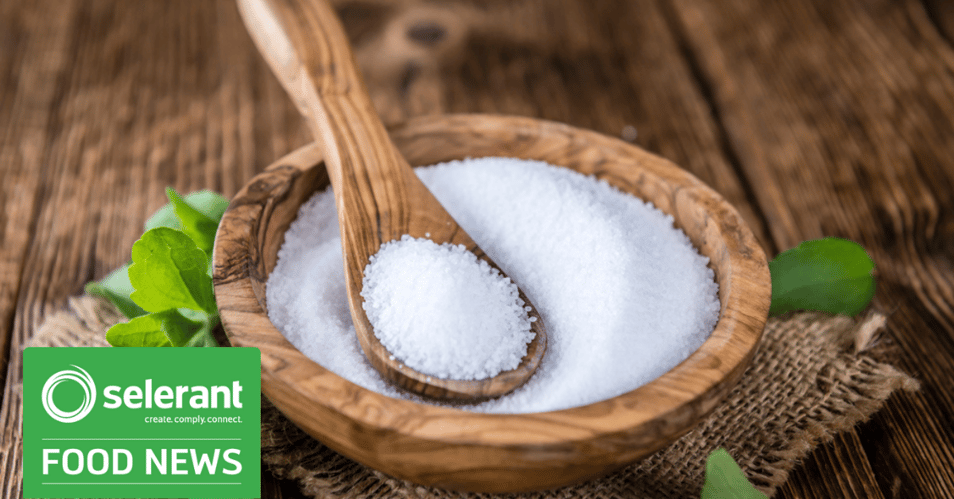
- Home
- PLM & Compliance Blog
- EU Amends Food Additives Regulations Steviol glycosides (E960) and Rebaudioside M produced via enzyme modification of Steviol glycosides from Stevia
EU Amends Food Additives Regulations Steviol glycosides (E960) and Rebaudioside M produced via enzyme modification of Steviol glycosides from Stevia
Posted By:
Trace One

On July 14, 2021, the European Commission published the "Regulation 2021/1156 of 13 July 2021 amending Annex II to Regulation (EC) No 1333/2008 of the European Parliament and of the Council and the Annex to Commission Regulation (EU) No 231/2012 as regards steviol glycosides (E 960) and rebaudioside M produced via enzyme modification of steviol glycosides from Stevia.”
The key points of the scientific document are summarized herein:
- The current specifications stipulate glycosides (E 960) to contain no less than 95 % of eleven named steviol glycosides on a dried basis, in any combination and ratio.
- The manufacturing process of the food additive comprises two main phases: water extraction from the leaves of the Stevia rebaudiana Bertoni plant and preliminary purification of the extract; the second involving recrystallisation of the steviol glycosides.
- An amendment of the specifications of stevia glycosides (E 960) to include a new method for the production of rebaudioside M was requested.
- The new process involves the bioconversion of purified stevia leaf extract (≥95% steviol glycosides) through a multistep enzymatic process with enzymes.
- EFSA concludes existing Acceptable Daily Intake (ADI) of 4 mg/kg BW per day can also be applied to rebaudioside M produced via enzyme modification of Steviol glycosides.
- Rebaudioside M produced by enzyme modification of steviol glycosides, using UDP-glucosyltransferase and sucrose synthase enzymes produced by the genetically modified yeasts would not be of safety concern for the proposed uses and at the same use levels as steviol glycosides (E 960).
The regulation shall enter into force on the twentieth day following its publication in the Official Journal of the European Union.
To view the complete document, check out the Food News Monitoring System.